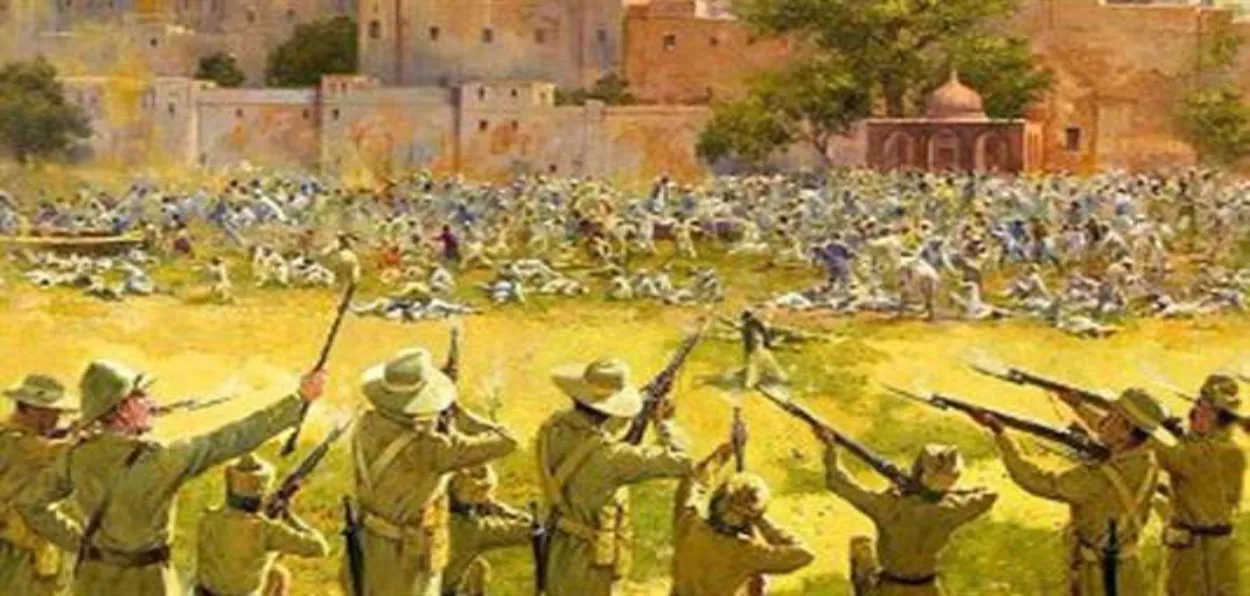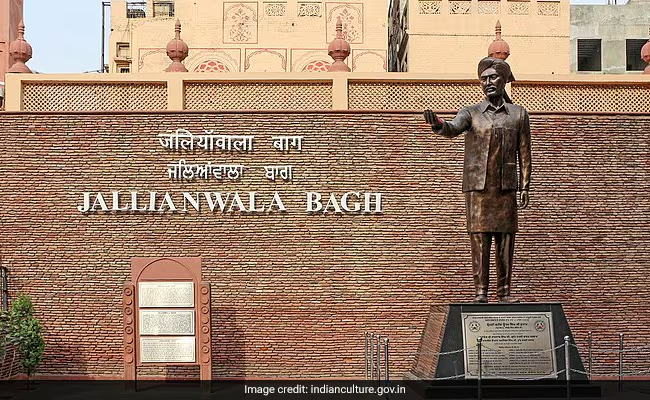
 Saquib Salim
Saquib Salim
“Mussulmans and Hindus had united. I have been expecting this, there is a very big show coming….. I must leave your mother and Alice in this house, although there is the same danger from Jullundur city.”
This is what General R. E. H. Dyer told his son on 11 April 1919 before leaving for Amritsar, where he would carry out the Jallianwala Bagh Massacre a day later. The statement makes it clear that his intent behind that gruesome genocide was to crush a united nationalist movement of Hindus, Muslims, and Sikhs. This made the Rowlatt Act Satyagraha different from all previous movements since 1857. It instilled fear in the British Government.
A Slice Of History
Dyer reached Amritsar on the night of 11 April, where Deputy Commissioner, Miles Irving, told him that though everything looked fine from the outside, “but inside it was Hindu-Musulmanon ki Hakumat (the government of Hindus and Muslims).” He found people raising the slogans of “Hindu-Musalman ki Jai” (victory to the unity of Hindus and Muslims) all over the city.
This was not the impression of one British official. The British Government sitting in London took notice of this unity. A report in the British Parliament said, “On the 9th (April) the annual Ram Naumi procession was held, the authorities decided that it was inadvisable to interfere with it. It was made the scene of public fraternization between Hindus and Muhammadan….. Though it is a purely Hindu festival, it was on this occasion here (as elsewhere) celebrated by Hindus and Muhammadans alike. There was much public fraternisation. Hindus drinking out of vessels held by Muhammadans; for the usual cries in honour of Hindu deities, the crowd substituted shouts for Hindi-Mohammedan unity.”
Hunter Committee, which was formed after the Jallianwala Bagh Massacre, noted, “We think it clear that in Amritsar as elsewhere efforts towards “unity” had been made largely and indeed frankly in a political interest. That the disturbed state of political feeling in Amritsar would assist and did assist to throw the two warring creeds into a common camp vis-a-vis the Government is intelligible enough. Dr. Kitchlew’s influence in particular was, and had consistently been, in the direction of unity and doubtless in Amritsar this fact accounts for more than does the general movement, which has for at least two years been well marked all over India.”

Statue of Lala lajpat Rai at the Jallianwalla Bagh memorial in Amritsar
The Hindu-Muslim Unity was seen as the greatest threat to the empire. People gathered at Jallianwala Bagh on 13 April to protest against the arrests of Dr. Saifuddin Kitchlew (a Muslim) and Dr. Satya Pal (a Hindu). Before Dyer reached the Bagh with his troops at least seven speakers had addressed the public. They were: Hans Raj (later turned approver), Abdul Aziz, Brij Gopi Nath and Gurbaksh Rai (transported for life), Rai Ram Singh (convicted for murders of British officials), Dhain Singh and Abdul Majid (charged for murder but absconded).
Ian Colvin, Dyer’s biographer, notes, “But this unexpected gift of fortune, this unhoped-for defiance, this concentration of the rebels in an open space — it gave him such an opportunity as he could not have devised. It separated the guilty from the innocent, it placed them where he would have wished them to be — within reach of his sword.”
This must be noted that Dyer had witnessed the show of Hindu-Muslim unity at Delhi a few days ago when Hindus and Muslims gathered together inside Fatehpuri and Jama Masjids to agitate against the British. He was in Delhi at that time. “Hindu-Musalman ki Jai” was the cry of the Indian protestors in Delhi as well as Punjab which sent chills down the spine of the British officials. A united Indian public was seen as a great threat to the empire.
Helen Fein argues in her doctoral thesis, “Frequent mass meetings were held before 10 April, and the cry of “Hindu Musselman Kai Jai!” (signifying Hindu-Muslim unity) was heard in the streets during a joint celebration of Ram Naumi Day. On this Hindu holiday, celebrated on 9 April, Hindus and Muslims drank together, a sign of unusual solidarity.
ALSO READ: Prof. Abdul Bari: the forgotten labour leader of India
The deputy commissioner was fearful, realizing that Hindu-Muslim unity was an ominous portent for the British. His decision to intern Dr. Kitchlew and Dr. Satyapal caused the crowd to gather, which provoked the pickets’ killing of twenty to thirty Indians, which in turn provoked the murder of five Britishers. The pickets’ firing was the trigger arousing the assault on their common dignity in a way that the Rowlatt Act alone could never have done. There is no evidence that Gandhi, the doctrine of satyagraha, or preparations for civil disobedience (nonexistent in the Punjab) influenced this process.”
